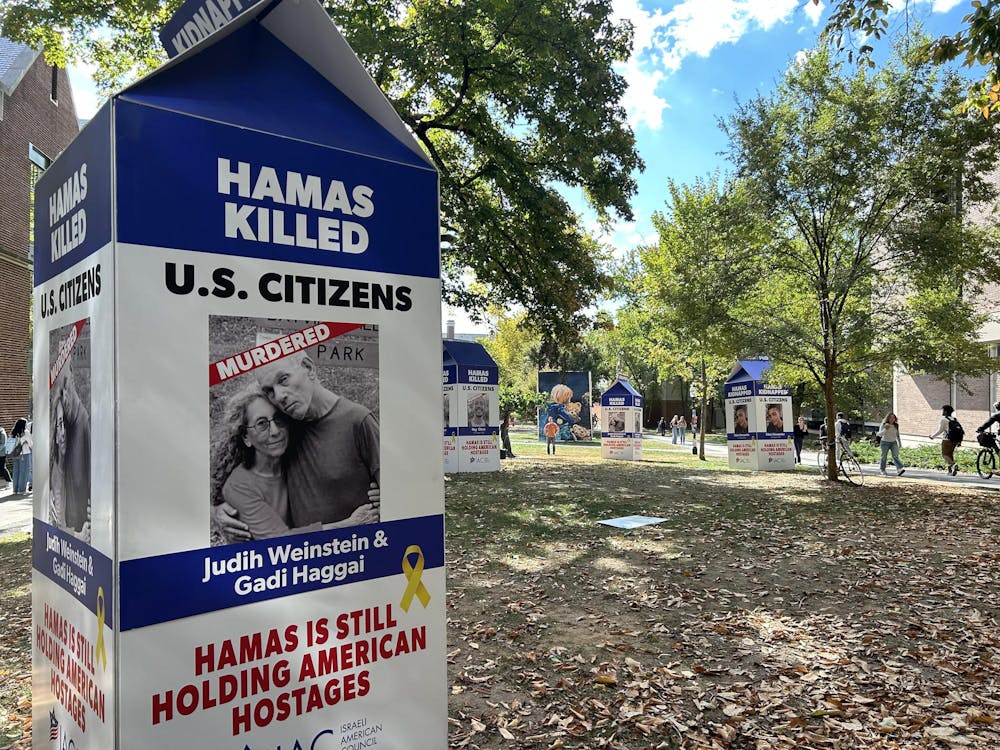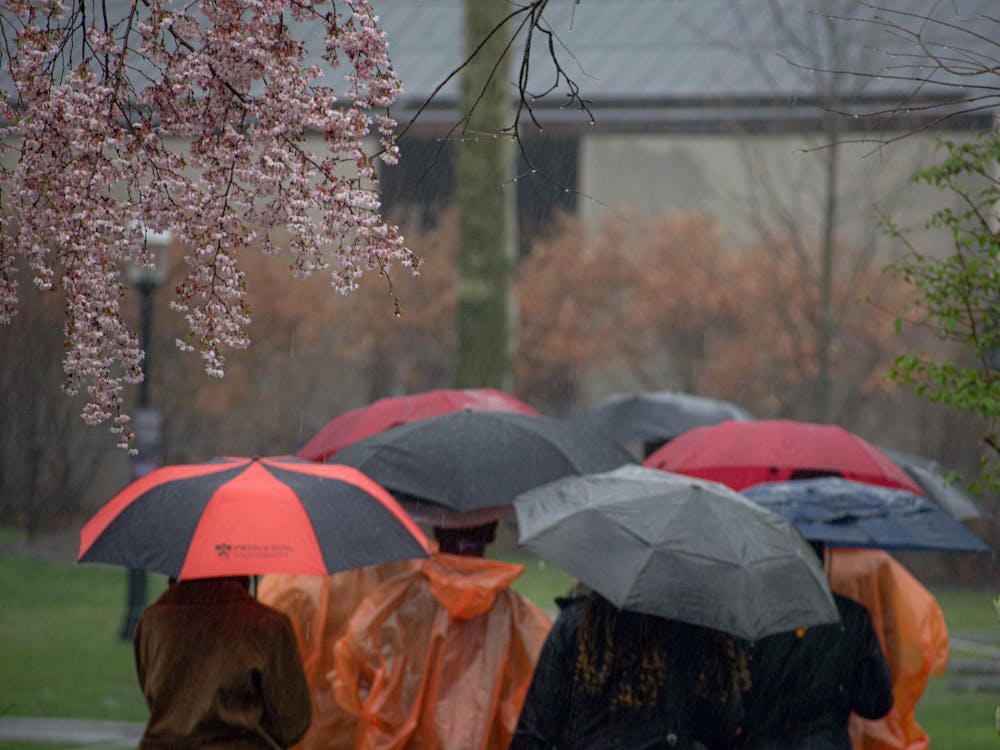The University's Palmer physics lab was the site of several decontamination efforts during the 1970s and 1990s, decades after areas of that building were used in nuclear weapons development and research, University Director of Communications Lauren Robinson-Brown '85 said yesterday.
The University's name appeared twice on a U.S. Department of Energy report released last week that listed locations where radioactive and toxic materials may have been secretly processed for the U.S nuclear weapons program.
During the last several days, University officials and faculty have offered inconsistent responses about the degree to which Princeton was involved in nuclear weapons development and raised questions about the validity of the DOE report.
University spokeswoman Marilyn Marks said last week that she did not know why the University appeared on the DOE list. Physics department chair Curtis Callan said Friday that, to his knowledge, the University had never had any connection with nuclear weapons development.
But in an interview yesterday, Robinson-Brown said work on the Manhattan Project — the government-sponsored effort to develop the first atomic bomb — was conducted in the northwest corner of Palmer lab's basement.
She said state and University environmental officials have conducted cleanup efforts on three general areas of Palmer that may have been contaminated by radioactive or potentially hazardous materials.
A 1936 spill of radium-226 on the second floor of Palmer's west wing prompted several cleanup efforts, including one immediately after the incident, Callan said last night. According to Robinson-Brown, contamination from that incident affected multiple floors of the building.
That spill did not occur during any Manhattan Project research, which did not begin until several years later.
Environmental officials conducted safety surveys as part of a final decontamination project in 1971 and deemed the area safe, Robinson-Brown said.
In addition, state environmental officials decontaminated the areas of Palmer in 1976 and 1977 that had been used by researchers working on the Manhattan Project.
Callan said last night that Palmer was one of several sites in the country being used to research the atomic bomb during the early years of the Manhattan Project.
Researchers used the facility to experiment with uranium isotopes. But the project was eventually moved to Los Alamos.

In 1998, University environmental officials conducted surveys on areas where the Palmer cyclotron — a device used in atomic physics — could have left residual radioactivity.
Surveys of labs and storage areas found no radioactive materials or contamination, however, and in June 1998, environmental officials cleared the area for unrestricted use by University personnel.
Government program
According to the DOE report, Palmer, along with 46 other sites, was placed in a government program for cleanup. Of those 46 sites, only 25 have undergone complete decontamination.
DOE and Army officials said last week they did not know if Palmer was one of those fully-decontaminated sites.
But Robinson-Brown said last night that all areas that were potentially hazardous have been decontaminated and are now safe.
And she said information about the decontaminations was not publicized until yesterday because University officials were still investigating the DOE report.
"We had to check into it," she said. "It wasn't as if it were a big secret. We just had to know what we had. All this happened a long time ago."








